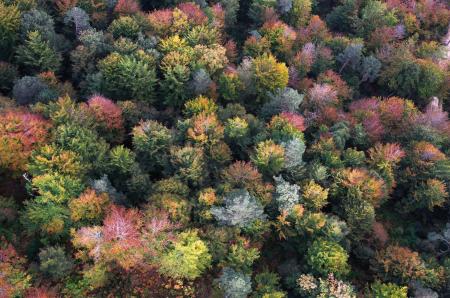
Objective:
The objective of this research is to evaluate the potential of remote sensing data for the modelling of mushroom yields in forests at large spatial scales. Specifically, we want to see if combining remote sensor-based data could represent more accuracy to the current models which are based on climate observations. Showing the potential of remote sensing to model mushroom yields is a first step for the future development of small-scale predictive models.
Context:
The high uncertainty in the production of wild mushrooms hinders the development of economic activities related to the resource, such as a stable tourist offer. In Mediterranean environments, the annual variability in terms of total production during growing season is extreme.
Remote sensing data has been represented a novelty in the forest management sector, providing technologies capable of monitoring the evolution of wood at multiple spatial and temporal scales. LiDAR techniques have a great capacity to assess the diversity and production of wild mushrooms, but the potential of active and passive remote sensing remains largely untapped.
Contacts:
José Miguel Altelarrea Martínez, josemiguel.altelarrea@cesefor.com, www.cesefor.com